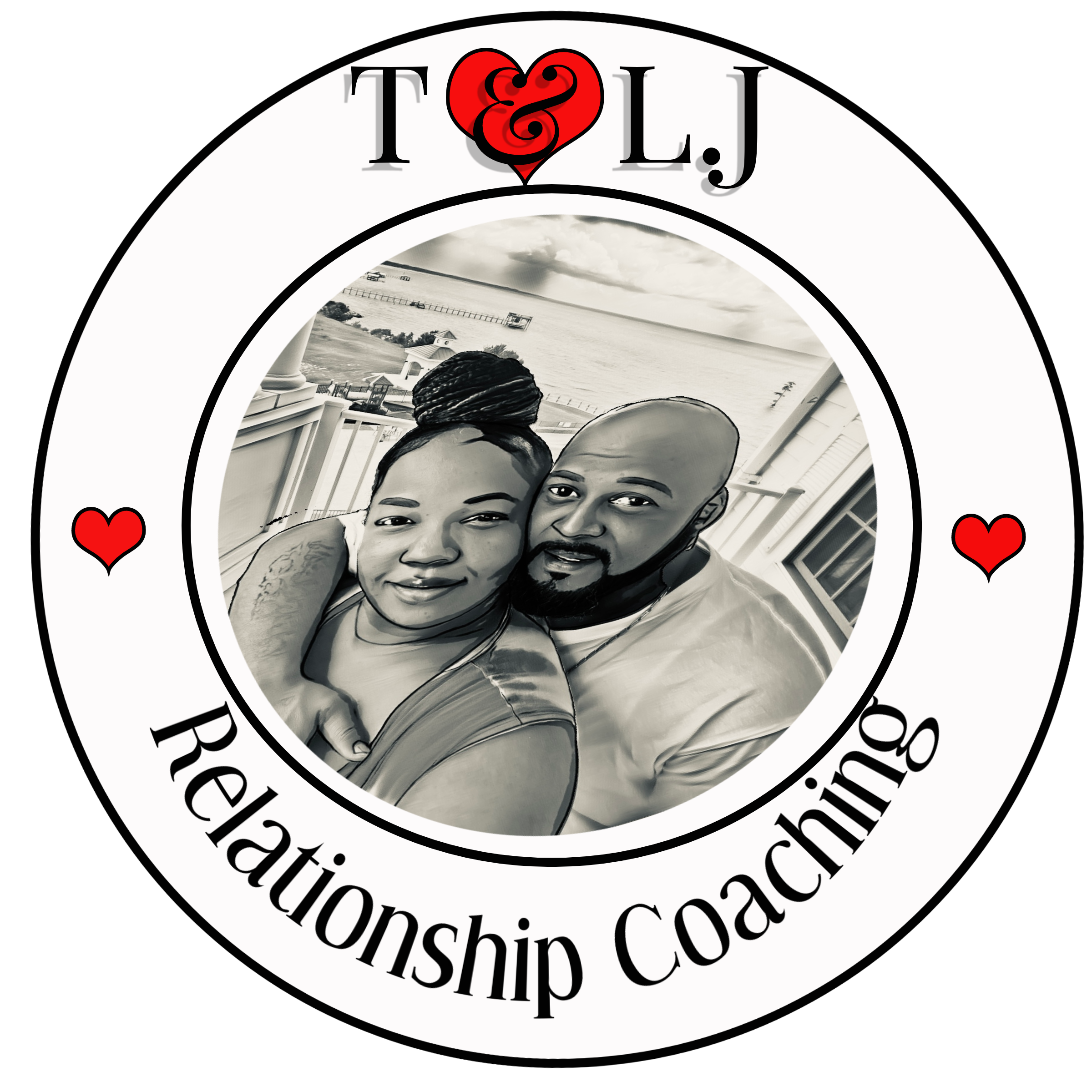Understanding Your Own Needs
Clarifying What You Need
Before stepping into a conversation where I need to express my needs, I’ve learned it’s crucial to first understand what I truly want. This means taking a moment, maybe even writing it down, to clarify my thoughts. Are there specific outcomes I’m looking for, or am I just feeling overwhelmed? This self-reflection helps paint a clearer picture of my requests.
Once I pinpoint my needs, I find that it makes the conversation flow much smoother. If I can communicate clearly to myself, I can convey that to others without sounding demanding. It sets a positive tone that invites dialogue rather than defensiveness.
So, I encourage you to take this step seriously! Spend a few minutes in quiet reflection. It’s amazing how much clarity this can bring when I finally voice my needs to someone else.
Choosing the Right Moment
Timing is Key
When I need to express my needs, the timing truly makes all the difference. I’ve had moments where I’ve blurted something out in the middle of hectic conversations, and those didn’t go well at all. Instead, I learned that waiting for the right moment, when both parties are more relaxed and open, leads to better outcomes.
Being mindful of the other person’s mood is also super important. If they’re clearly stressed, it might be better to hold off on your requests. Approaching someone when they’re more available to listen ensures that your message is received rather than brushed aside.
So, be patient and watch for those openings. It’s a skill in itself to sense when the moment is just right! Trust me, it makes a world of difference.
Using “I” Statements
The Power of Personal Language
I’ve found that using “I” statements is a game-changer. Instead of saying, “You need to help me with this,” I’ll say, “I feel overwhelmed and could really use your support.” This little tweak transforms my requests into expressions of vulnerability rather than demands.
This approach invites collaboration rather than defensiveness. When I phrase things in terms of my feelings and needs, I create a space for dialogue and understanding. It’s hard for people to argue with how I feel; it’s my experience and my truth.
Using this method has not only improved my communication, but it has also strengthened my relationships. People respond more positively when they feel like they’re being asked for help rather than being dictated to.
Being Specific and Clear
Avoiding Ambiguity
One of the biggest lessons I’ve learned over the years is to be as specific as possible about what I need. Vague requests often lead to confusion and frustration. Instead of saying, “I need help,” I can specify, “Could you help me with this project by reviewing my work?” This eliminates guesswork and sets clear expectations.
Being specific not only helps the other person know exactly what I want, but it also clarifies for me what I’m seeking. It puts everything on the table, allowing for honest discussions about what’s feasible and what’s not. Clear communication fosters better teamwork, and I’ve seen this time and again in both professional and personal contexts.
So, don’t hold back! Be precise with your needs. It encourages mutual respect and understanding — plus, it often elicits a more enthusiastic response!
Expressing Gratitude and Openness
Creating a Positive Atmosphere
I’d be lying if I said that thanking others doesn’t make a huge difference. When I express gratitude proactively, it makes people more likely to want to help me. A simple, “I really appreciate your support!” or “Thanks for taking the time to listen to me!” sets a positive scene. People are generally more willing to respond positively when they feel valued.
It’s also essential to stay open during discussions. If someone offers feedback or suggestions, I’ve learned to embrace that instead of shutting it down. An open mindset can lead to solutions I hadn’t even considered before.
Incorporating gratitude and openness into my communication style not only enhances my relationships but also creates a collaborative spirit. It’s about building connections rather than merely fulfilling needs. And trust me, that feels way better!
Frequently Asked Questions
What are “I” statements and why are they beneficial?
“I” statements are a way of expressing your feelings and needs by starting with “I” instead of “you.” They’re beneficial because they reduce defensiveness and promote understanding by focusing on your personal experience.
How can I improve my timing when expressing needs?
To improve your timing, be attuned to the other person’s emotional state and consider waiting for a moment when the atmosphere is relaxed. Observing their body language and ensuring they’re not preoccupied can help you choose the best moment.
Why is specificity important when asking for help?
Specificity avoids ambiguity and confusion. By clearly stating what you need, you give the other person all the details they need to provide effective support, which creates a smoother interaction.
How can gratitude influence the outcome of my requests?
Expressing gratitude creates a positive atmosphere, making people feel valued and appreciated. This generally encourages them to be more open and willing to help, as they feel their contributions are recognized.
Can I express needs in a demanding way without realizing it?
Absolutely. Sometimes, the way we phrase requests can come off as demanding without us even noticing. Being aware of our language and how it may affect others is crucial for effective communication.
Schedule Your First 20-Minute Coaching
Call With Us Today to see if we fit . You pick the price!
Click Here
